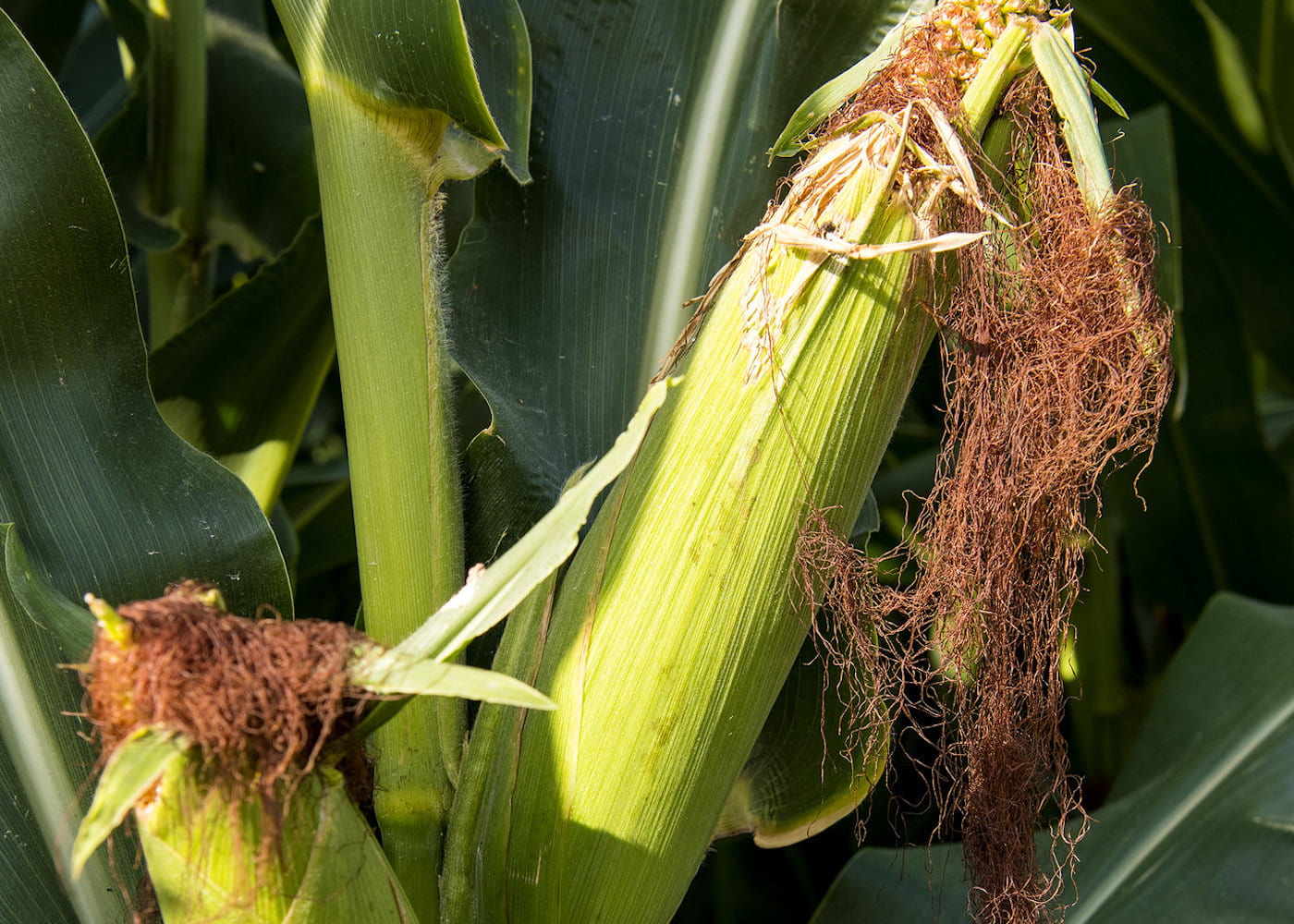Red Milkweed Beetle Genome Project Aims to Explain Relationship with Toxic Plant

Researchers have compiled the red milkweed beetle’s genome, or complete set of DNA, for the first time to understand its ability to feed on a toxic plant. Gaining this understanding helps illuminate the ecological, evolutionary and economic impact of insect-plant interactions from a genomic perspective.
The Problem
Though the relationship between the red milkweed beetle and the milkweed plant has been studied for almost 150 years, no one had assembled the full milkweed beetle genome to investigate the interactions at a more fundamental genomic level. This lack of information left a gap in biologists’ understanding of how insect-plant dynamics impact each interacting partner’s biology.
The Work
Researchers sequenced and assembled the genome of the host-specialist milkweed beetle, or Tetraopes tetrophthalmus. This insect is a host-specialist insect, meaning it feeds only on hosts in a single plant family. They compared it to the genome of a non-host-specialist relative, the Asian longhorned beetle, or Anoplophora glabripennis. In addition to studying the genomic DNA of the milkweed beetle, the team collected RNA from milkweed beetles’ antennae to learn how they behave through chemosensation, or how they sense their environment to find a host plant or reproductive mate.
The Results
The work showed that the red milkweed beetle has an expansion of genes from the ABC transport family, which can contribute to detoxification. The team’s findings suggest that this feature may help the beetles feed on milkweeds and hide their toxins inside tissues. The findings also pointed to differences in genes responsible for smell, taste and metabolic enzymes that break down the plant cell wall.
Milkweed plants are known for having toxic latex cocktails, so studying the milkweed beetle’s genome shows how its genes may have evolved to interact with the poisonous milkweed host without harm. The milkweed’s cardiac glycosides, a toxin, would normally inhibit vital biological processes, but not for the red milkweed beetle. Instead, this beetle can store away the toxin to protect itself from potential predators.
The Value
The results show how genetic factors allow pests to feed on plants and even avoid control efforts. Studying the diversity of genes and genomes provides insight into how plant-feeding beetles have evolved to be able to break down plant cell walls through the transfer of genetic material from microbes. These findings may help us understand and identify the genetic factors that shape agricultural and forestry pests. Gaining a better understanding of the diversity of genes and genomes in the natural world could hold great promise for informing agriculture, forestry and human health.
Read the Research
Functional and evolutionary insights into chemosensation and specialized herbivory from the genome of the red milkweed beetle
Journal of Heredity
2024
https://doi.org/10.1093/jhered/esae049
Supported in part by
The National Science Foundation (Award Nos. DEB-1355169 and DEB-2110053).
About the Researcher

Rich Adams
Assistant Professor, University of Arkansas
Agricultural Statistics, Department of Entomology and Plant Pathology
Ph.D., Quantitative Biology, University of Texas, Arlington
B.S., Cell and Molecular Biology, Stephen F. Austin State University
Other Collaborators
Co-authors of the research included Terrence Sylvester and Rongrong Shen, postdoctoral researchers at the University of Memphis with Duane D. McKenna, William Hill Professor in the Department of Biological Sciences and director of the Center for Biodiversity; Matthew A. Price, formerly with the University of Wisconsin Oshkosh and now with the University of Hawaii at Manoa; and Robert F. Mitchell, formerly at the University of Wisconsin Oshkosh and now associate professor in the Department of Entomology at Pennsylvania State University.




